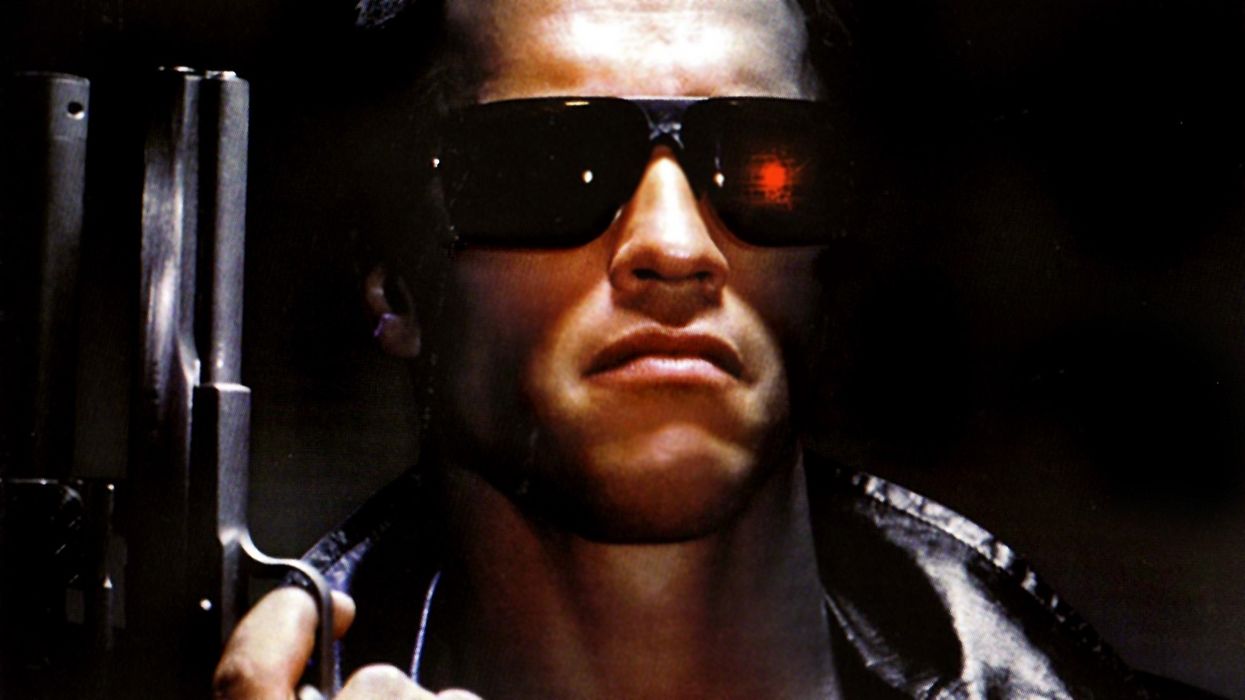What Can We Learn About Action & Storytelling from 'The Terminator'?
We've established that many of today's action films are just kind of "eh", and a lot of that has to do with sloppy editing and senseless destruction. So, how do you construct an action sequence that will give your audience the thrill they want and the heart they deserve?

A great example comes from James Cameron's The Terminator. Cameron uses a lot of restraint during the action sequences, which in turn allows the audience to slow down and take their time building empathy for the characters. Ross Peacock has shared this intriguing video essay that breaks down The Terminator's TechNoir bar scene to reveal how less carnage leaves more room for story.
There's nothing inherently wrong with the chaos in chaos cinema, it's just that when not coupled with good storytelling, the film begins to have less of the qualities of a film and more of the qualities of an accident you crane your neck to see on the freeway. Of course you're going to look, because, hello, there's a giant machine man dragging a ship the length of three football fields through the middle of Manhattan. However -- are you going to care? With many of today's style of action film, the chances are -- probably not.
That's why this scene from The Terminator is so great, because you spend so much time getting to know Sarah Connor. You care for her. So, when Schwarzenegger approaches her in the bar, you whole-heartedly want her to avoid her ultimate demise. See, this is one thing many filmmakers don't think about: pacing and timing are great ways to build tension, but tension can't be built unless your viewer cares about what's going on. Empathy is more important to filmmaking than I think many filmmakers realize, and the key to giving your audience the chance to empathize with your characters is storytelling.
In the end, great storytelling trumps great action choreography. Of course -- it's really fun to watch a spectacle, but just remember that spectacles don't have a long shelf life. Great stories, however, last forever.
Source: Rossatron











